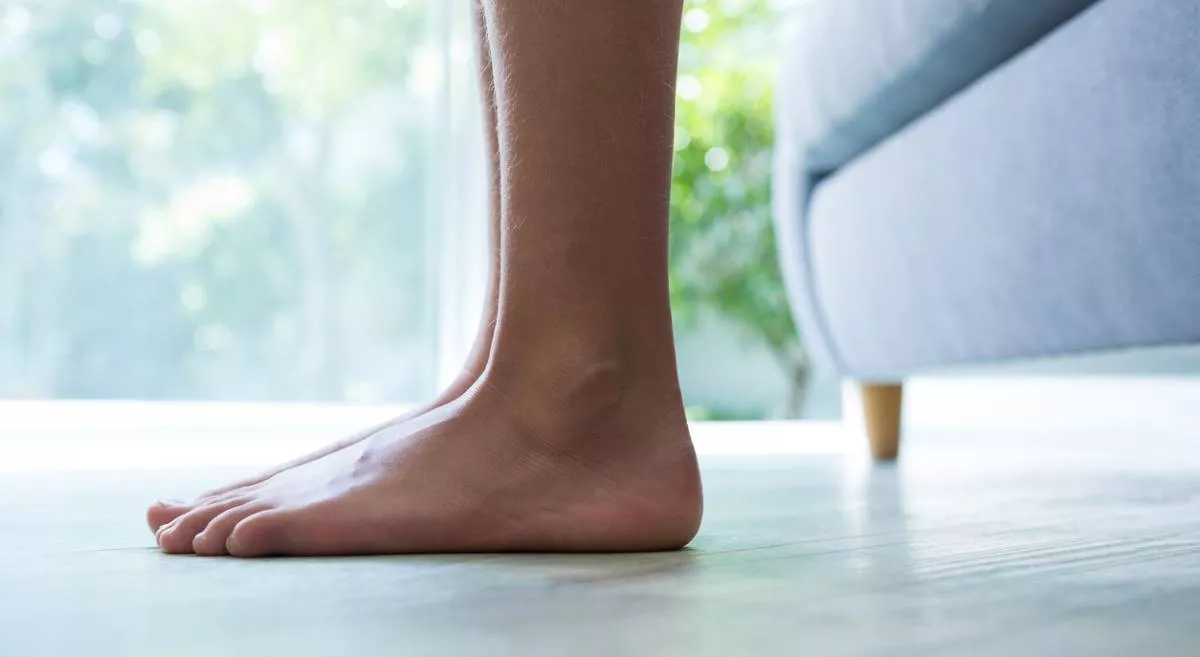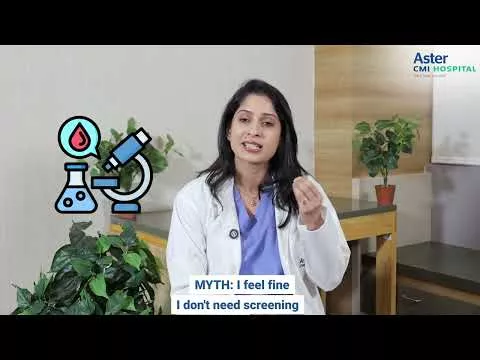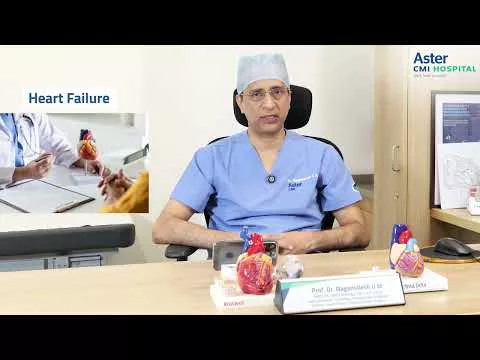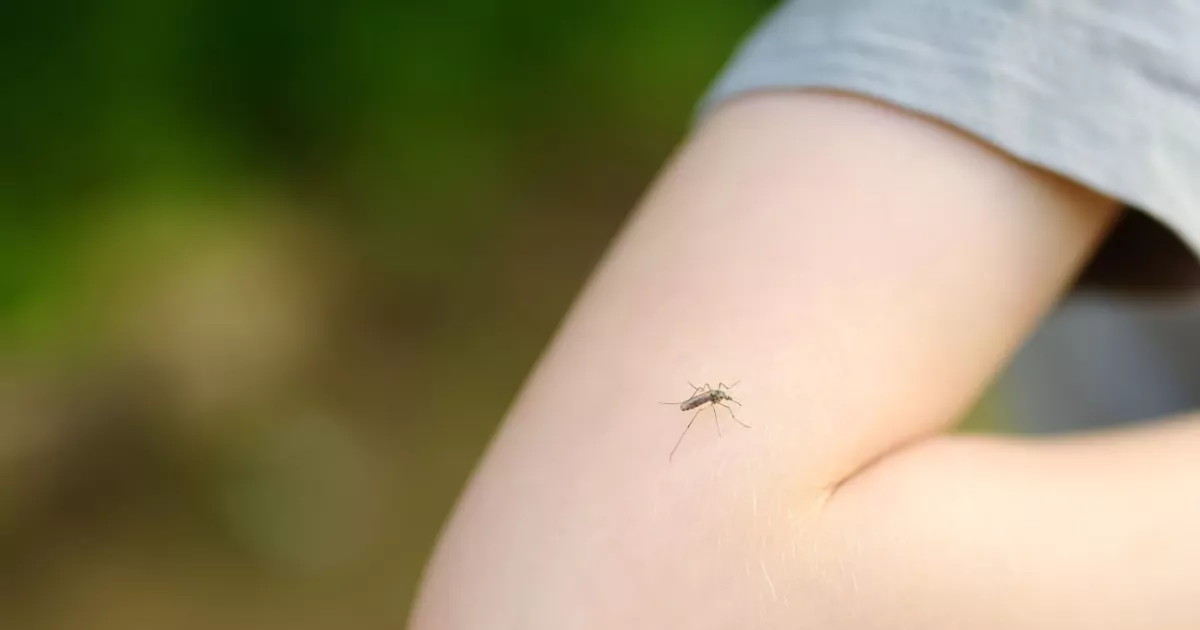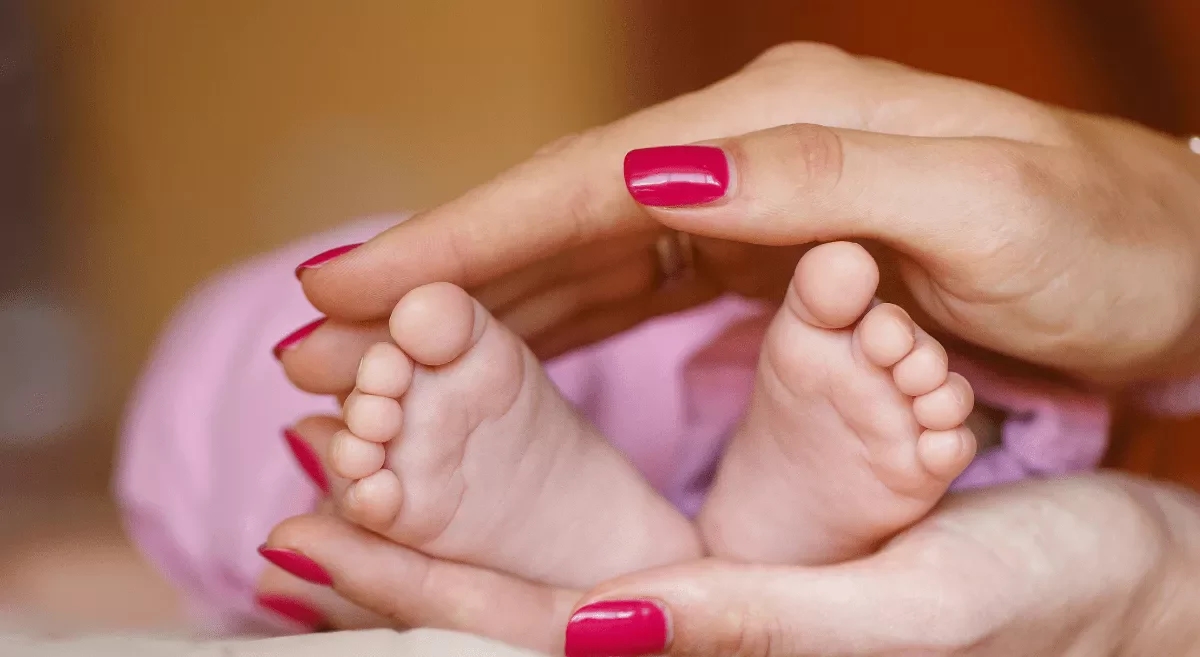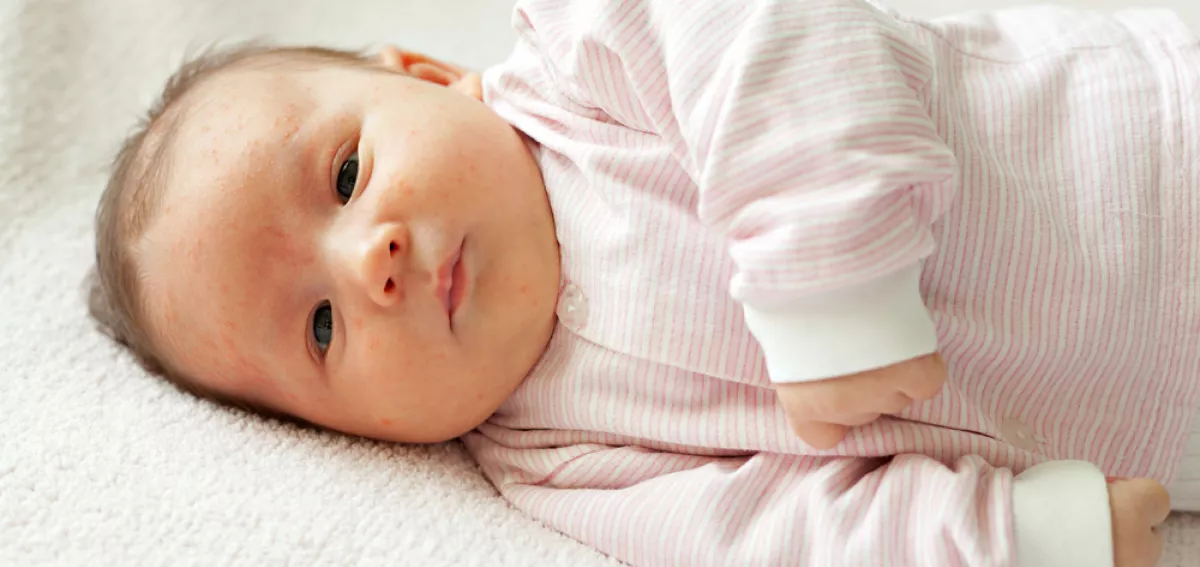Flat feet is a condition that is observed when a person stands and does not have any visible arch in the foot. Every newborn has flat feet, and it is during childhood when arches develop. Flat feet can hurt and make it difficult to walk, especially if arches do develop or if they fall later in life (fallen arches). Some folks appear to have no arch at all or an extremely low arch without ever having any issues. Consult the best orthopedic doctor in Bangalore or visit a reputed Internal Medicine Hospital in Hebbal Bangalore if flat feet cause severe pain that affects walking or other activities.
What are flat feet?
People with flat feet may have one or both feet flat on the ground because they have a very low or no arch. The alignment of the body, whether a person is standing, walking or sprinting, might be impacted by flat feet. Therefore, having flat feet can increase your risk of experiencing hip, knee and ankle pain.
At birth, all infants have flat feet, and by the age of 6 years, they begin to develop arches. Out of every 10 adults, 2 have flat feet, of which some have collapsed arches.
Most people don't have issues with flat feet. Approach your doctor for advice and treatment for foot deformity correction from experienced General Physicians in Hebbal Bangalore.
What are the types of flat feet?
The various forms of flat feet include:
1. Fallen arch (Adult acquired flat foot):
The arch of the foot abruptly descends or collapses in adults with acquired flat feet. It might cause stiffness when the foot turns outwards due to the falling arch, and it affects only one of the feet. The posterior tibial tendon that supports the arch is a frequent place of tear or irritation.
2. Flexible:
This is the most common type of this disorder. Even when you are not standing still, you can see the foot arches. The arches flatten out as soon as you stand straight up or put weight on your feet. Flexible feet first appear in adolescence. Flexible feet affect both feet and worsen with age. The ligaments and tendons are vulnerable to ripping, swelling and stretching.
3. Vertical talus:
Certain birth conditions may be responsible for flat feet and prevent arches from forming in newborns. Vertical talus is a type of flat feet in which the ankle is not positioned correctly. It is also called rocker-bottom foot as it looks like a rocking chair.
4. Rigid:
People with rigid arches show no arch when they stand or sit. This condition begins in adolescence and intensifies with age. Your feet can be in discomfort. Swivelling the feet or flexing them upwards or downwards might be challenging. One or both feet may be affected by rigid flatfoot.
What are the symptoms of flat feet?
Most people who have flat feet do not experience any symptoms. However, some individuals with flat feet have foot pain, especially in the heel or arch region. Activity may make the pain worse. Swelling inside of the ankle is also possible.
When should you visit a doctor?
If any of the following occur, contact your healthcare professional right away:
- Balance issues.
- Walking challenges, including discomfort
- Aching, stiff feet
- Abrupt onset of flat feet (fallen arches)
If you or a member of your family suffers from foot discomfort, especially if it prevents you from doing things you want to do, consult a doctor at the orthopaedic hospital.
What is the treatment for flat feet?
If flat feet do not hurt, there is no need for therapy. A healthcare professional may advise the following treatments for painful flat feet:
1. Physical treatment:
For certain runners, flatfeet may be a factor in overuse injuries. A physical therapist can advise on how to improve gait as well as exercises to strengthen the muscles and tendons in the foot.
2. Stretching activities:
A shortened Achilles tendon might also be present in certain people with flat feet. Exercises that help in stretching the tendon may be beneficial.
3. Arch supports (orthotic devices):
The pain or discomfort caused by flat feet may be lessened by over-the-counter arch supports. Sometimes, it is advised to use arch supports that have been specially created and moulded to fit your feet. Although arch supports will not cure flat feet, they frequently lessen their symptoms.
4. Surgery:
Surgery is not a common treatment for flat feet. When individuals have discomfort that persistently restricts their activities after trying non-surgical therapy, surgery may be a choice. The bone and tendon issues that are causing the discomfort can be fixed through surgery.
5. Exercises:
Specific exercises may be suggested by a podiatrist or physical therapist to treat the signs of flat feet or stop them from occurring.
Researchers discovered that merely 8 weeks of foot workouts significantly improved a patient's gait and foot alignment.
Extending the heel cord and golf ball rolling are the most suggested exercises to increase foot and ankle strength and flexibility, which may assist to alleviate flat feet problems.
Frequently Asked Questions:
1. Can flat feet be prevented?
One could get flat feet for a variety of reasons. Women with concomitant conditions and over 40 years of age might get flat feet. It is also common in people with diabetes, obesity and rheumatoid arthritis.
2. Can flat feet cause other problems?
Flat feet can cause other problems like general musculoskeletal pain.
3. Can flat feet be cured?
Adults with flat feet typically have them for life. Instead of focusing on a cure, treatment may help to deal with the symptoms.
4. Is flat feet genetic?
Children who are hypermobile or "double-jointed" often inherit the condition from their parents. Others who have other genetic disorders also experience flat feet.
5. Does flat feet affect height?
There is no connection between the height of a woman's foot arch and her actual height.
